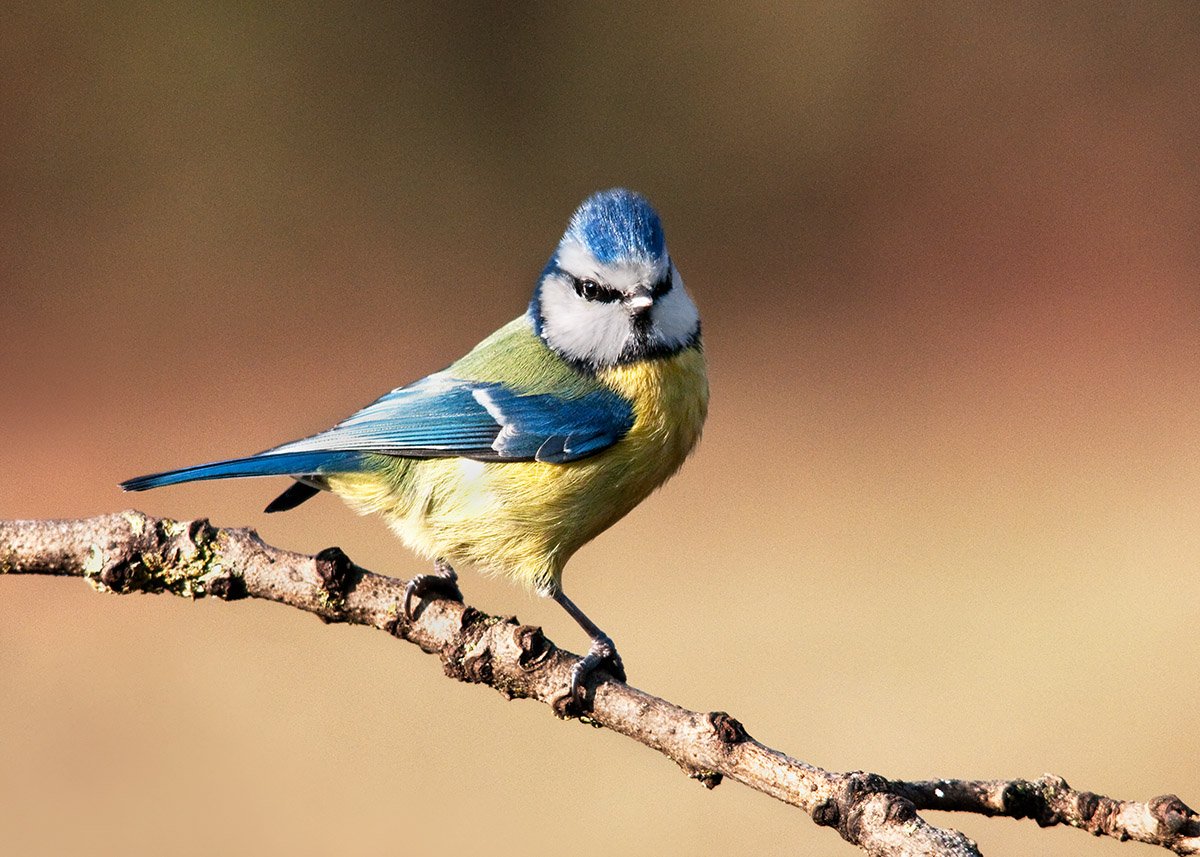 Image 1 of
Image 1 of


Cuckoo
The cuckoo, with its distinctive call and mysterious behaviour, is a fascinating bird with a unique life cycle. Here's an overview:
Appearance: Cuckoos are slender birds with long tails and pointed wings. They vary in coloration depending on the species, but many have Gray or brown upperparts and pale underparts with barring or streaking. Some species also have colourful patterns on their wings or tails.
Habitat: Cuckoos inhabit a wide range of habitats including woodlands, grasslands, and wetlands. They are migratory birds, with some species traveling thousands of kilometres between their breeding and wintering grounds.
Behaviour: Cuckoos are best known for their brood parasitism behaviour. Instead of building their own nests, female cuckoos lay their eggs in the nests of other bird species, known as hosts. The cuckoo chick hatches first and often pushes the host's eggs or chicks out of the nest, receiving all the parental care from the unwitting foster parents.
Voice: The call of the cuckoo is iconic and unmistakable, often described as a repeated "cuck-oo" or "cu-coo." In some cultures, the cuckoo's call is associated with the arrival of spring or used as a symbol of the passage of time.
Conservation: Many cuckoo species are experiencing declines in population due to habitat loss, changes in land use, and declines in insect prey populations. Conservation efforts focus on protecting and restoring suitable habitat and raising awareness about the importance of preserving cuckoo populations.
Overall, the cuckoo's unique behaviour and vocalizations make it a captivating bird that has inspired folklore, art, and scientific study for centuries.
The cuckoo, with its distinctive call and mysterious behaviour, is a fascinating bird with a unique life cycle. Here's an overview:
Appearance: Cuckoos are slender birds with long tails and pointed wings. They vary in coloration depending on the species, but many have Gray or brown upperparts and pale underparts with barring or streaking. Some species also have colourful patterns on their wings or tails.
Habitat: Cuckoos inhabit a wide range of habitats including woodlands, grasslands, and wetlands. They are migratory birds, with some species traveling thousands of kilometres between their breeding and wintering grounds.
Behaviour: Cuckoos are best known for their brood parasitism behaviour. Instead of building their own nests, female cuckoos lay their eggs in the nests of other bird species, known as hosts. The cuckoo chick hatches first and often pushes the host's eggs or chicks out of the nest, receiving all the parental care from the unwitting foster parents.
Voice: The call of the cuckoo is iconic and unmistakable, often described as a repeated "cuck-oo" or "cu-coo." In some cultures, the cuckoo's call is associated with the arrival of spring or used as a symbol of the passage of time.
Conservation: Many cuckoo species are experiencing declines in population due to habitat loss, changes in land use, and declines in insect prey populations. Conservation efforts focus on protecting and restoring suitable habitat and raising awareness about the importance of preserving cuckoo populations.
Overall, the cuckoo's unique behaviour and vocalizations make it a captivating bird that has inspired folklore, art, and scientific study for centuries.
The cuckoo, with its distinctive call and mysterious behaviour, is a fascinating bird with a unique life cycle. Here's an overview:
Appearance: Cuckoos are slender birds with long tails and pointed wings. They vary in coloration depending on the species, but many have Gray or brown upperparts and pale underparts with barring or streaking. Some species also have colourful patterns on their wings or tails.
Habitat: Cuckoos inhabit a wide range of habitats including woodlands, grasslands, and wetlands. They are migratory birds, with some species traveling thousands of kilometres between their breeding and wintering grounds.
Behaviour: Cuckoos are best known for their brood parasitism behaviour. Instead of building their own nests, female cuckoos lay their eggs in the nests of other bird species, known as hosts. The cuckoo chick hatches first and often pushes the host's eggs or chicks out of the nest, receiving all the parental care from the unwitting foster parents.
Voice: The call of the cuckoo is iconic and unmistakable, often described as a repeated "cuck-oo" or "cu-coo." In some cultures, the cuckoo's call is associated with the arrival of spring or used as a symbol of the passage of time.
Conservation: Many cuckoo species are experiencing declines in population due to habitat loss, changes in land use, and declines in insect prey populations. Conservation efforts focus on protecting and restoring suitable habitat and raising awareness about the importance of preserving cuckoo populations.
Overall, the cuckoo's unique behaviour and vocalizations make it a captivating bird that has inspired folklore, art, and scientific study for centuries.
Printed on Epson Premium glossy paper using Epson UltraChrome inks, your print is guaranteed to showcase incredible quality with rich, vibrant colors. Thanks to Epson's advanced ink technology, your print will retain its stunning appearance for years to come.
Each detail of your image will be brought to life with remarkable clarity and precision, capturing the essence of the scene as if you were there in person. Whether it's the vivid hues of a sunset or the intricate details of a landscape, every aspect will be rendered with breathtaking accuracy.
Standard UK shipping is included in the price, ensuring that your print arrives safely and promptly. For customers located in the UK Highlands and Islands or overseas, please feel free to contact me for a shipping quote tailored to your location.
Experience the beauty of your favorite scenes in stunning detail with a print that exceeds expectations, made possible by Epson UltraChrome inks and premium glossy paper.





